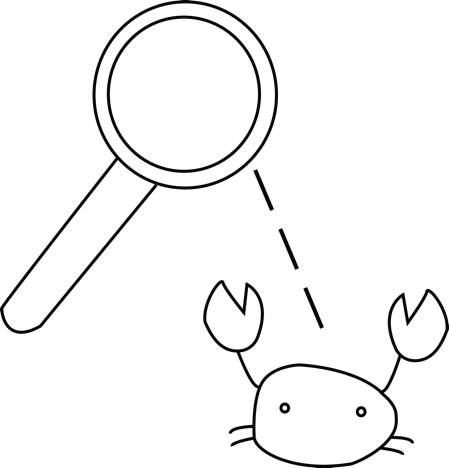The Lifecycle of an Upwell Campaign
Have you ever wondered how an Upwell campaign works? What is the process by which we identify, clarify and amplify an issue? How do we devise a campaign plan, whether it’s a campaign that lasts only an hour or one that is spread over several days? There’s more to it than posting a tweet with a link and then move on. Here’s a behind-the-scenes look at our creative process from beginning to end:

Awesome illustrations by our super rad intern, Christine!

Big Listening is the art of gaining insight by tracking topical online conversations over time. Big Listening is distinguished from traditional social media monitoring by its scale, fluidity, focus on issue or cause monitoring, and expanded access to historical data. Using monitoring and measurement tools such as Radian6, Topsy Pro, Google Alerts and Tweetdeck, Upwell builds a meteorology of ocean conversations, pinpointing opportunities for intervention. Matt Fitzgerald has detailed some of our Big Listening insights on our blog.

We identify opportunities for our distributed online campaigning network through our daily Big Listening. We find out what is spiking, and join the conversation. We choose opportunities based on the ever-changing tides of the internet. We find hooks in mainstream news and cherrypick the most shareable content.

We look for news and content that we think has been egregiously under-amplified. Sometimes a hot piece of news just wasn't packaged in the right way. We mine our network and find the awesome stuff that few have seen, and we repackage it to go farther. We write the great tweet to go with that video. We pair actions with news. We make tweetable summaries for wonky reports. Saray Dugas, our designer extraordinaire, gives boring content flair.

Upwell’s network is key to our success. Our attention campaigns are primarily amplified not by our organization alone, or by a dedicated base of supporters we’ve built over many years, but rather by the network of ocean communicators that we regularly contact through the Tide Report, our social media channels, and our blog. It’s more of a syndication model than a direct-to-consumer model. We call these fellow conservation comrades our “distributed network.” They take the curated content we share with them and translate it out to their audiences through the communications channels they maintain.

We measure the impact of our campaigns by counting social mentions. Social mentions are online acts of self-expression in which individuals, organizations and other entities invest (at least) a small amount of social capital. We do that with our Big Listening tools (Radian6, Topsy Pro, etc.), and we also hand count social mentions that don’t have our monitored keywords (like shares of images). Sharedcount is one of our favorite tools for doing this. We don’t just count social mentions, we also look for trends to try to understand what types of content generate conversation about the ocean.

We strive to not just collect data on the online ocean conservation, but also to improve our practices and share what we’ve learned with the sector. On a monthly, quarterly or to-order basis, we export and graph Big Listening data based on the most current keyword groups. With this data, we create reports, blog posts and other types of synthesis for external audiences. We gather feedback and process what we’ve discovered in order to improve our methodology. (For more on our sharing practices, read Rachel Weidinger's post about how we were born to share.)
We do this all in the course of 1-2 days, adapting our methods and incorporating insights into the next campaign we run.
Add a comment